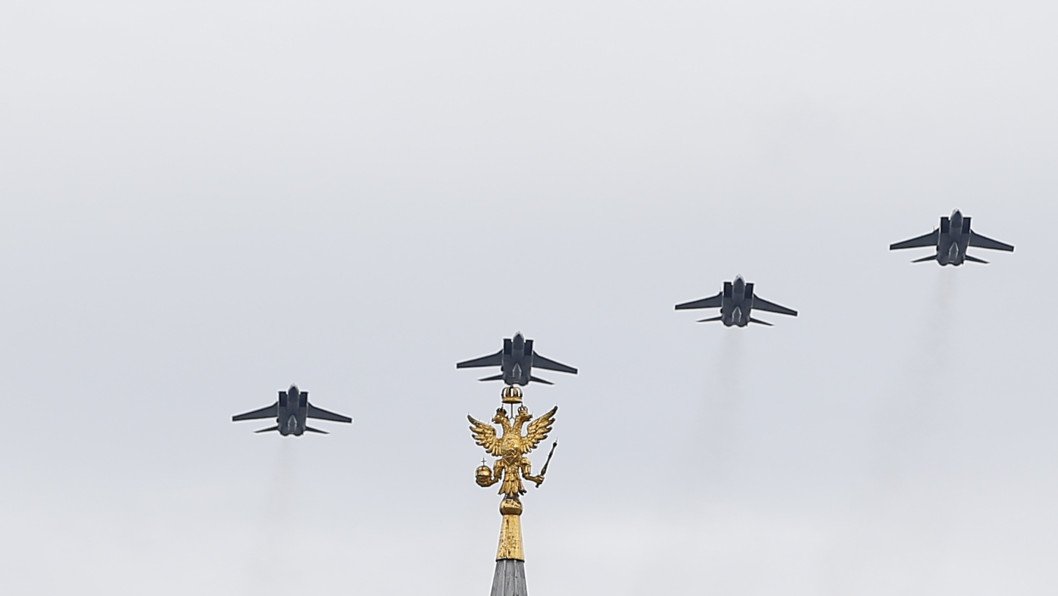- Category
- Latest news
Why Russia Can’t Produce New MiG-31K Jets, Making Every Loss Critical to Its Kinzhal Program

Ukraine’s June 9 deep strike on the Savasleyka airbase in Russia’s Nizhny Novgorod region has not only damaged valuable Russian aircraft—it may have dealt a serious blow to Moscow’s ability to field MiG-31K jets equipped for Kinzhal hypersonic missiles.
As the General Staff of the Armed Forces of Ukraine reported that Ukrainian Special Operations Forces hit the Savasleyka airbase overnight, damaging at least one MiG-31 and one Su-30 or Su-34 aircraft, military analysts say even a single MiG-31K loss could be critical, Ukrainian military outlet Defense Express reported on June 9.
“Russia is incapable of manufacturing new MiG-31K aircraft for Kinzhal deployment, so any loss in this category is especially painful,” notes Defense Express.

Russia doubles MiG-31K fleet, but aging jets pose limits
Russia has tried to expand its MiG-31K fleet since the start of its full-scale war against Ukraine. In 2022, its inventory of MiG-31Ks stood at just 12 aircraft, but The Military Balance 2024 report estimated that the number may have grown to as many as 24.
More recently, the appearance of MiG-31I “Ishim” variants in Russia’s Aerospace Forces (VKS) has also been reported. These differ from the MiG-31K by their supposed capability to autonomously navigate to the launch point for Kinzhal missiles—whereas MiG-31K operations still rely heavily on manual input by a two-person crew.

However, both variants are conversions of aging Soviet-era aircraft—and not newly built jets. The base stock for these modifications has been Russia’s reserve of mothballed MiG-31s, estimated at 130–150 airframes as of 2018. Many of these were likely used as a source of spare parts to keep active MiG-31B/BM interceptors in service.
By early 2024, Russia’s Air Force had around 90 MiG-31B/BMs in service, plus another 30 in naval aviation. But there’s a hard limit to how long Russia can keep these aircraft flying.
Aging airframes, dwindling engines
MiG-31s were last produced in 1993, with only 500 serial units ever built. Of those, no more than 150 remain operational — a figure that underscores both the aircraft’s limited service life and the challenges of maintaining them under Russian standards of upkeep.
-8ff74eb427048fb43a21b623ab814c0b.png)
One of the biggest bottlenecks is the D-30F6 jet engine that powers the MiG-31. These engines have a maximum overhaul interval of just 300 flight hours.
Back in 2014, Russia’s defense industry claimed to have stockpiles sufficient for 20–30 years of use. But by 2024, officials began publicly discussing the need to restart production of these engines altogether.
Earlier, for the first time, a component manufactured in India has been identified in Russian weaponry.
According to HUR, the findings include parts from Russian drones such as the Shahed-type UAVs, North Korean KN-24 ballistic missiles, the onboard computer of the Kh-47 Kinzhal missile, as well as various unmanned aerial vehicles including the Supercam S350, Gerbera, and Zala.






